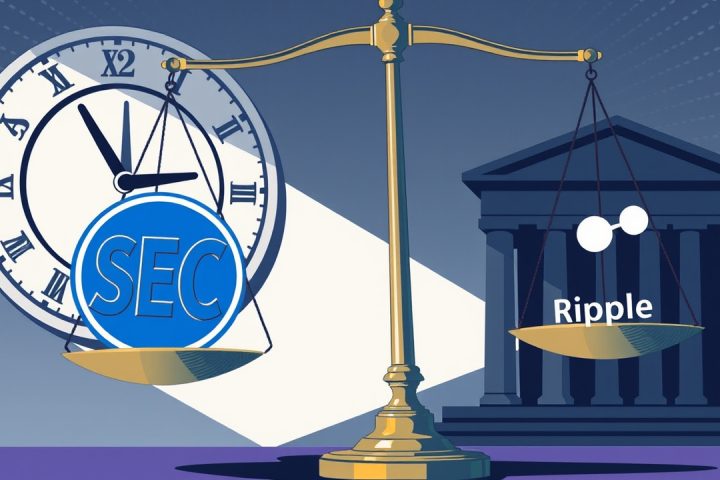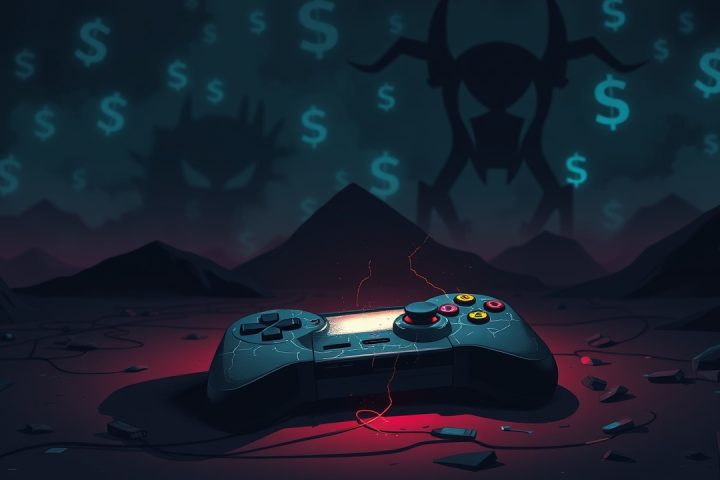Overview of Bitcoin Transaction Trends
Recent analysis from Mempool Research, led by Orange Surf, reveals that a significant portion of bitcoin transactions over the past year has been devoted to data storage rather than financial activities. Specifically, the study found that 51% of transactions incorporated components such as Runes and BRC20 tokens, which some in the community label as “spam.” This insight comes amid ongoing discussions regarding an impending upgrade to Bitcoin Core, which may relax existing restrictions limiting the network’s usage for data storage purposes—a move that has generated considerable debate among bitcoin advocates.
Findings of the UTXO Set Report
The report, aptly named the “UTXO Set Report,” provided a comprehensive overview of transaction types on the Bitcoin blockchain, revealing that, leading up to May, data-driven transactions have surged significantly compared to traditional financial transfers. Surf elaborated on this trend via social media, noting that the increase in data storage transactions—specifically OP_RETURN and Inscription—has outpaced any other transaction type within the last year.
Role of Runes and BRC20 Tokens
He identified the burgeoning Runes protocol, which facilitates the incorporation of non-fungible tokens (NFTs) into the Bitcoin ecosystem, alongside BRC20 tokens, as critical contributors to this growing trend. Surf suggested that the actual percentage of transactions involving these protocols could be even greater than reported, as the aggregation of transfers related to these protocols were excluded from the analysis.
Community Reactions and Future Projections
The implications of the report have sparked intense discussions within the Bitcoin community regarding the fundamental aim of the network. Advocates find themselves divided between those who view these developments as a pathway to making Bitcoin a robust “censorship-resistant archive” and those who argue that such diversions undermine its intrinsic value as sound money. In light of these trends, Surf forecasts that if the current pace of adoption persists, the Bitcoin blockchain could reach an unprecedented size of 1 terabyte by September 2026, driven largely by the rise of data inscription practices.
The Central Debate
This ongoing tension highlights an essential question within the cryptocurrency realm: Should Bitcoin prioritize its role as a medium for financial transactions or embrace a broader data storage function? The resolution of this debate will be pivotal for Bitcoin’s future direction.




